Paella Valenciana (Valencia paella)
Spain’s most famous dish is probably paella. It originates from the area around Valencia, and comes in two varieties: Valenciana paella with chicken and rabbit, and seafood paella. The difference is that saffron colours the rice, and the bottom is burned to form a beautiful crust called socarrat. It’s usually eaten for lunch. Where to try it: La Matandeta near Albufera, Valencia.
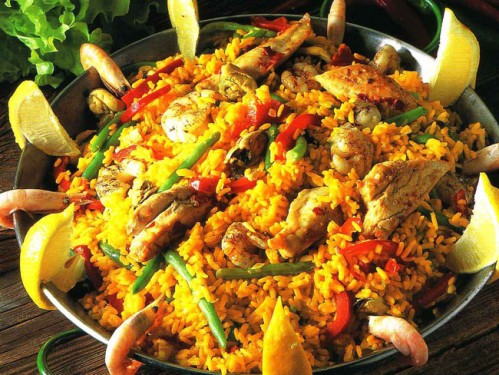
Gazpacho (Spanish cold soup)
The tomato-based soup Gazpacho is famous in Andalusia because it is served cold. This may come as a shock to some, but in the hot, dry climate of Seville's summers, its appeal is easy to understand. The main ingredients of the dish, in addition to tomatoes, include peppers, garlic, bread and lots of olive oil.

Pimientos de padrón (padrón peppers)
Pimientos de padron are a popular appetizer dish, made from green peppers that originated in the town of Galicia in the rainy northwest of Spain. They are simply sweet peppers fried and sprinkled with salt. Despite their mild sweetness, the dish is famous for the occasional fiery heat that comes as a surprise to those who eat them.
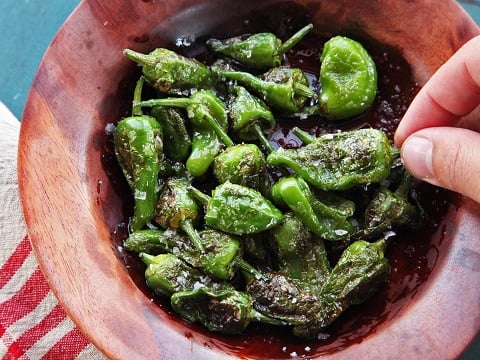
Fideuà (Spanish noodles)
Little-known to tourists is fideuà, a Spanish pasta dish similar to vermicelli but very similar in appearance to paella. It is popular in Catalonia and Valencia, served with seafood, and rivals paella in flavor and complexity. It is often served in a dish similar to paella. Where to try it: Enrique Becerra, Seville.
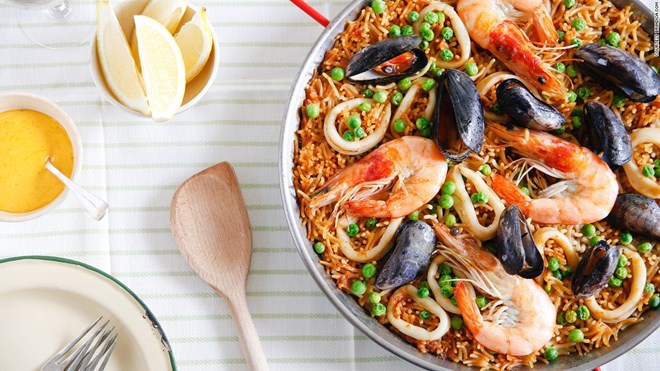
Jamón (Jam)
Ham, or cured meat, is Spain's most celebrated food. It is a cured leg of pork that is traditionally salted and hung to dry to preserve it through the long, cold winters. Serranio (mountain) ham is the most common, made from white pigs, while Iberico ham is made from black pigs. It is best enjoyed sliced so thinly that it "melts in your mouth" and served with bread.
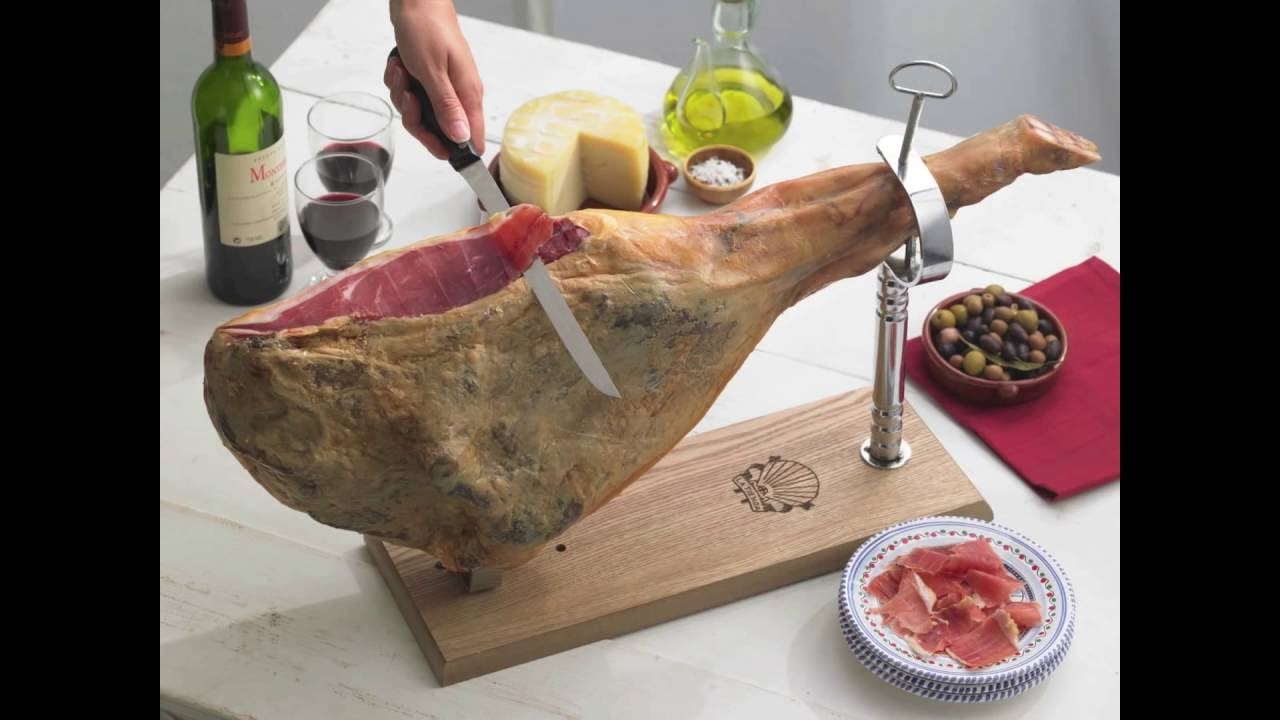
“Jamón is a classic Spanish table food,” says chef José Pizarro. “We eat it before a meal; its salty, acorn-flavored flavor is the perfect accompaniment to Sherry and Cava, and leaves you hungry long before the meal even begins. It’s delicious, and a leg can last a long time if you store it properly. Look at the ‘waxy’ fat, it melts into your skin like candle wax.” Where to try it: Museo del Jamón, Madrid
Migas
Migas is a perfect example of how much Spanish cuisine is based on peasant food. It is made from fried, crumbed dry bread and combined with a variety of ingredients – mostly bacon or chorizo. It was invented when peasants were trying to make the most of what they had, and has started appearing on menus in popular restaurants in recent times. Like many traditional dishes, the dish’s ‘rustic roots’ are largely reflected in the way it uses leftover scraps. For a modern country like Spain, migas make up a large proportion of locally sourced food. Where to try it: Eustaquio Blanco, Cáceres.
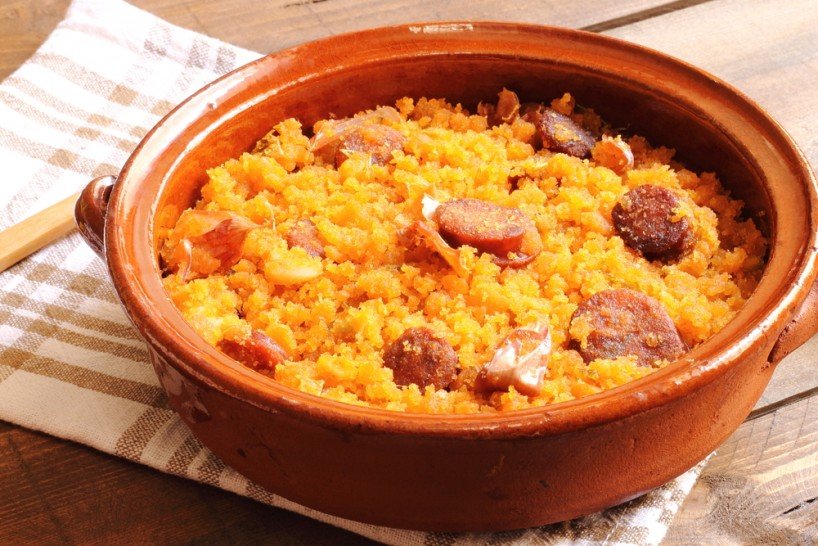
Bacalao (salted cod)
Bacalao, or salted cod, is a prized delicacy in Spain. The cod was brought back by Spanish fishermen from as far away as Norway and Newfoundland, and due to the long journey, they had to salt it to preserve it during the journey. When prepared, the fish had to be soaked in water for at least 24 hours to remove some of the saltiness. Bacalao is served in many forms, one of the most popular being with a pil-pil sauce made from garlic olive oil and the fish’s juice. Where to try it: Bar Gatz, Bilbao.

TEA COLLECTION


































